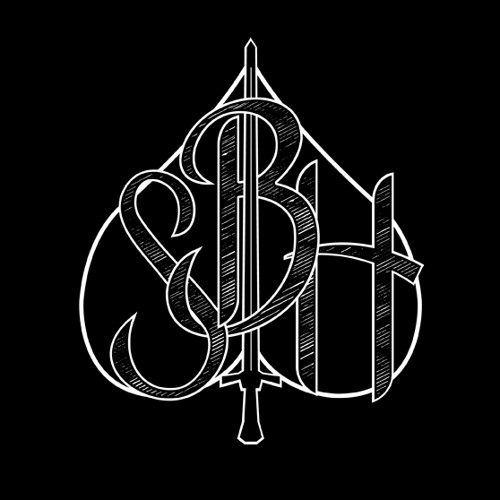


Riccardi’s book chronicles Armstrong from 1929 to 1947, a pivotal point in Armstrong’s career, a period during which he moved from Chicago to New York, and slowly transformed himself into a singer of popular standards. And if you need one figure to sum up music, race, culture and innovation, and everything that comes with it-food, laxatives, police, drugs,” Riccardi laughs when he refers to Armstrong’s notorious love of marijuana, “it’s Louis Armstrong.” There wouldn’t be a Frank Sinatra, Jimi Hendrix, Billie Holiday, Beatles, Chuck Berry, Louis Jordan, or Ray Charles without Louis Armstrong. “A lot of people know him as a great trumpet player and for singing “What a Wonderful World.” But he completely revolutionized the way people played their instruments and the way they sang with their voices,” Riccardi explains. “Louis Armstrong is the definitive figure of the twentieth century,” Riccardi says. But in addition to laying the groundwork for the future development of jazz, Armstrong also went on to become a wildly popular star of stage and screen, an American cultural ambassador and a mega cultural star with a string of popular hit tunes that ranged from “Hello Dolly,” to “What a Wonderful World.” In many ways, Louis Armstrong was a kind of Michael Jackson-he was the king of popular culture in his times. His virtuoso trumpet solo on “West End Blues” recorded in 1928, and seminal recordings from that period with his Hot Five and Hot Seven small-bands (which featured his then-wife, pianist Lil Hardin Armstrong), are among the key musical building blocks of jazz improvisation. He established himself as the first major soloist in jazz, he was the first jazz singer, and he virtually invented scat-singing, the stylish practice of using the voice to imitate an instrumental jazz improvisation. Riccardi also teaches a graduate course on the trumpeter at the Louis Armstrong Archives, which are located at Queens College.Īrmstrong’s rags-and-rhythm-to-riches story is as American as it gets: Born to a sex worker mother and an absentee father, Armstrong (known popularly as Satchelmouth or Satch due to the gravel-like quality of his voice, younger admiring jazz musicians typically called him “Pops”) grew up in poverty (including bouts of juvenile delinquency), took up the trumpet, and was mentored by early jazz trumpet great King Oliver. He earned a masters in Jazz History and Research from Rutgers University-Newark in 2005, and became director of Research Collections at the Louis Armstrong House Museum in Corona Queens, New York, the former home of Armstrong and the place where he spent his last years.


Riccardi, a pianist since the age of seven, spent the years subsequent to his discovery of Armstrong devouring everything he could get his hands on about the famed New Orleans jazz musician: recordings, ephemera, posters, and books. It’s the second installment of a three-part trilogy focused on a key period in the career of Armstrong (1901-1971), who was simultaneously one of America’s most popular entertainers as well as one its most influential and cutting-edge musical innovators.
#Ricky king of hearts full
Riccardi brilliantly sums up the life and work of Armstrong in his new book, Heart Full of Rhythm: The Big Band Years of Louis Armstrong (Oxford University Press, August).


 0 kommentar(er)
0 kommentar(er)
